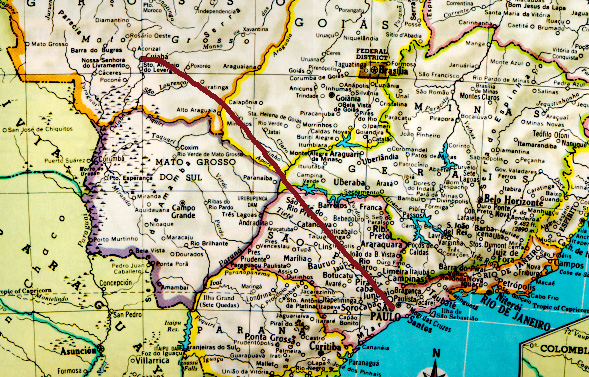| People |
The Pantanal, Brazil |
|
|
Brazil's
Pantanal is the principal component of one of the world's largest
freshwater wetlands systems. While the entire Pantanal region extends
into the neighboring countries of Bolivia and Paraguay, approximately
80% of the area is in Brazil. Located on the country's western side near
Bolivia and Paraguay, Brazil's Pantanal is an immense alluvial plain,
spanning 140,000 square kilometers throughout the states of Mato Grosso
and Mato Grosso do Sul. Its landscape encompasses a variety of
ecological sub-regions, including river corridors, gallery forests,
perennial wetlands and lakes, seasonally inundated grasslands, and
terrestrial forests. Together, these natural tracts form one of the
greatest and most biologically diverse ecosystems on the planet.
|
Each year, heavy tropical rains cause the main tributaries supplying the Pantanal's waters to overflow, flooding an area approximately the size of the state of Colorado. During the dry season, the floodwaters recede, resulting in a rich and complex mosaic of grasslands and forests, dotted with countless lagoons and marshes. This annual cycle makes the Pantanal one of the world's most productive wildlife habitats. Millions of waterfowl breed and feed along its rivers and lagoons, and dense populations of jaguars, capybaras, marsh deer, giant anteaters, tapirs, hyacinth macaws, and others thrive in its forests and grasslands. The waters themselves are home to vast numbers of caiman, giant otters, and a large, diverse group of fish species estimated to number at least 260. More than 650 species of birds have also been identified, as many species in the United States and Canada combined. | |
| Map showing the route of our flight from Sao Paulo to Cuiaba. The Pantanal is the marshy area to the south of Cuiaba on the border with Bolivia and Paraguay. |  |
|